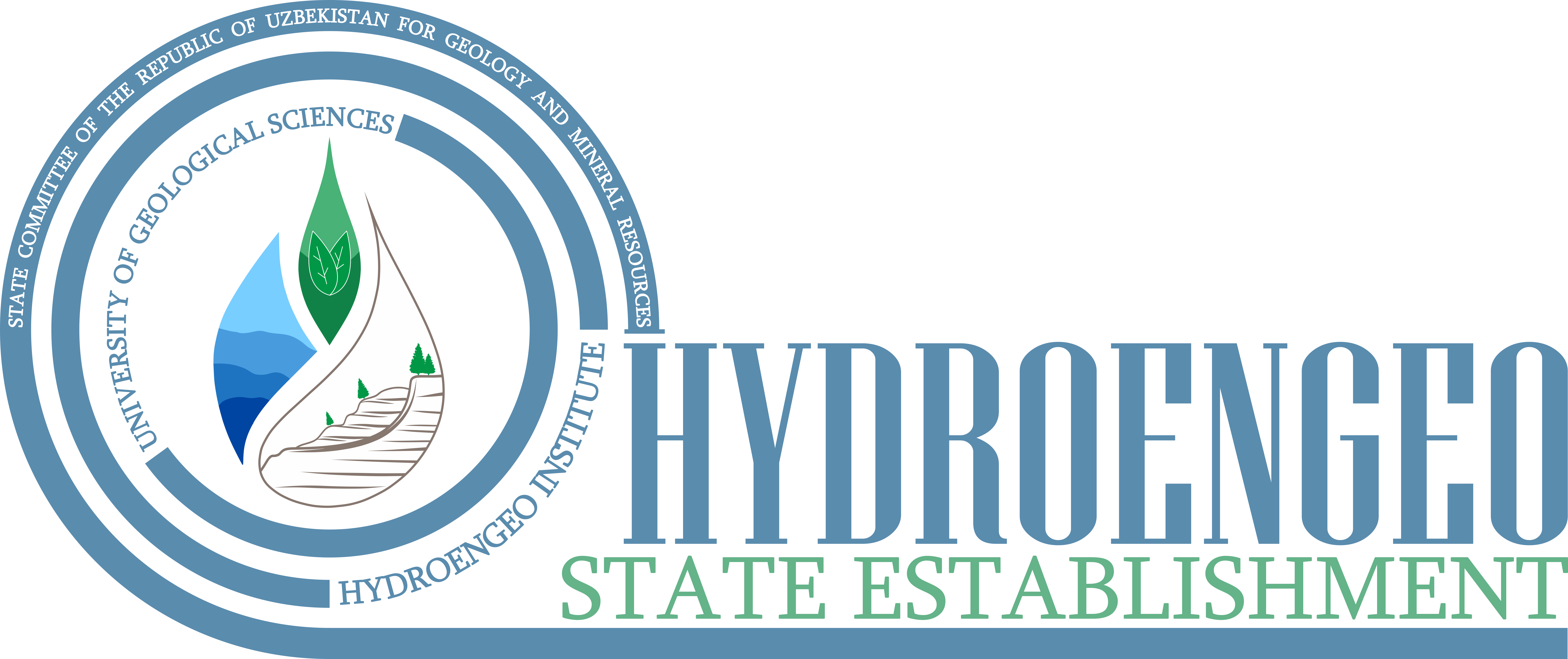The laboratory provides the following services:
1. Complex hydrogeological and engineering-geological surveys;
2. Development and improvement of methods for studying mineral deposits hydrogeological and engineering-geological conditions,
3. Assessment and analysis of changes in hydrogeological, engineering and geological conditions of mineral deposits during their development.
4. Study of hydrogeological and engineering-geological conditions of mineral deposits;
5. Assessment of disturbance and fracturing of the rock mass and their role in the stability of underground mine workings.
6. Research to substantiate the mining conditions for the operation of mineral deposits.
7. The study of the regularity of changes in the rocks physical and mechanical properties depending on the rock fracturing and disturbance.
8. Study of changes in the physical and mechanical properties of rocks during long-term stability.
9. Regularities of changes in fractures and physical and mechanical properties of rocks and their role in assessing the stability of rock masses of solid minerals deposits in underground and open pit mining have been established..
10. Compilation of large-scale digital maps for the analysis and evaluation of changes in hydrogeological and engineering-geological conditions during the development of deposits by underground and open pit methods.
11. Observations while drilling exploration wells
12. Hydrogeological and engineering-geological conditions will determine the water inflows to mine workings and engineering-geological processes of solid mineral deposits.
13. Engineering and geological conditions of the mine, day-hole horizons and zoning according to the degree of stability in underground mining.
14. Calculation of the stability of the sides of the open pit.
15. Determination of the depth and type of groundwater and their chemical composition.
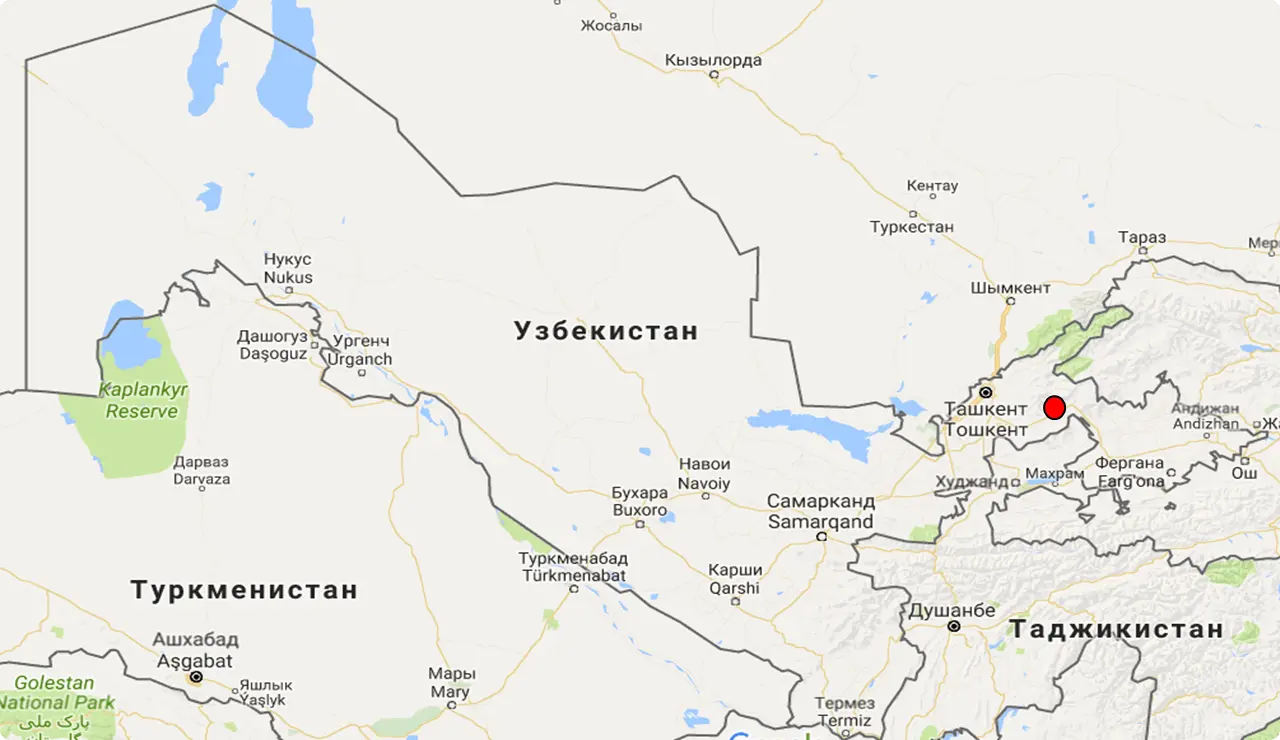
Laboratory performs:
development and improvement of methods for studying the hydrogeological and engineering-geological conditions of mineral deposits.
assessment of changes in hydrogeological, engineering-geological conditions of ore deposits during their development.
определение физико-механических свойств горных пород;. изучение гидрогеологических и инженерно-геологических условий рудных месторождений;
study of hydrogeological and engineering-geological conditions of ore deposits;
study of the features of changes in the physical and mechanical properties of rocks depending on metasomatic changes, fracturing and disturbance.
study of the physical and mechanical properties of rocks with the stability of underground mine workings.
creation of a filtration flow of groundwater due to seepage from the dams.
Currently, the laboratory pays great attention to the study of the stress-strain state of a rock mass as well as the strength properties and stability of underground mine workings..
In underground mining of mineral deposits, the above studies (researches) are insufficiently (little) studied issues in the field of engineering geology of the SMD. To date, the laboratory is provided with the necessary personnel who can solve modern problems in the field of engineering geology and hydrogeology of ore deposits.
Obtained scientific results
The regularities of changes in fracturing and physical and mechanical properties of rocks and their role in assessing and predicting the stability of rock masses of solid minerals deposits (by category of change) of in underground and open pit mining have been established.
A 3D model of the Gussay tungsten deposit (underground development) was compiled. 3D modeling of geological objects is one of the most successful visualization tools developed to date and is being improved with the development of software.
Based on GIS technology, large-scale digital maps were compiled to analyze and evaluate changes in hydrogeological and engineering-geological conditions during the development of deposits by underground and open pit methods.
According to GIS technology, a map was compiled for predicting changes in hydrogeological and engineering-geological conditions during underground and open-cast mining of solid mineral deposits.
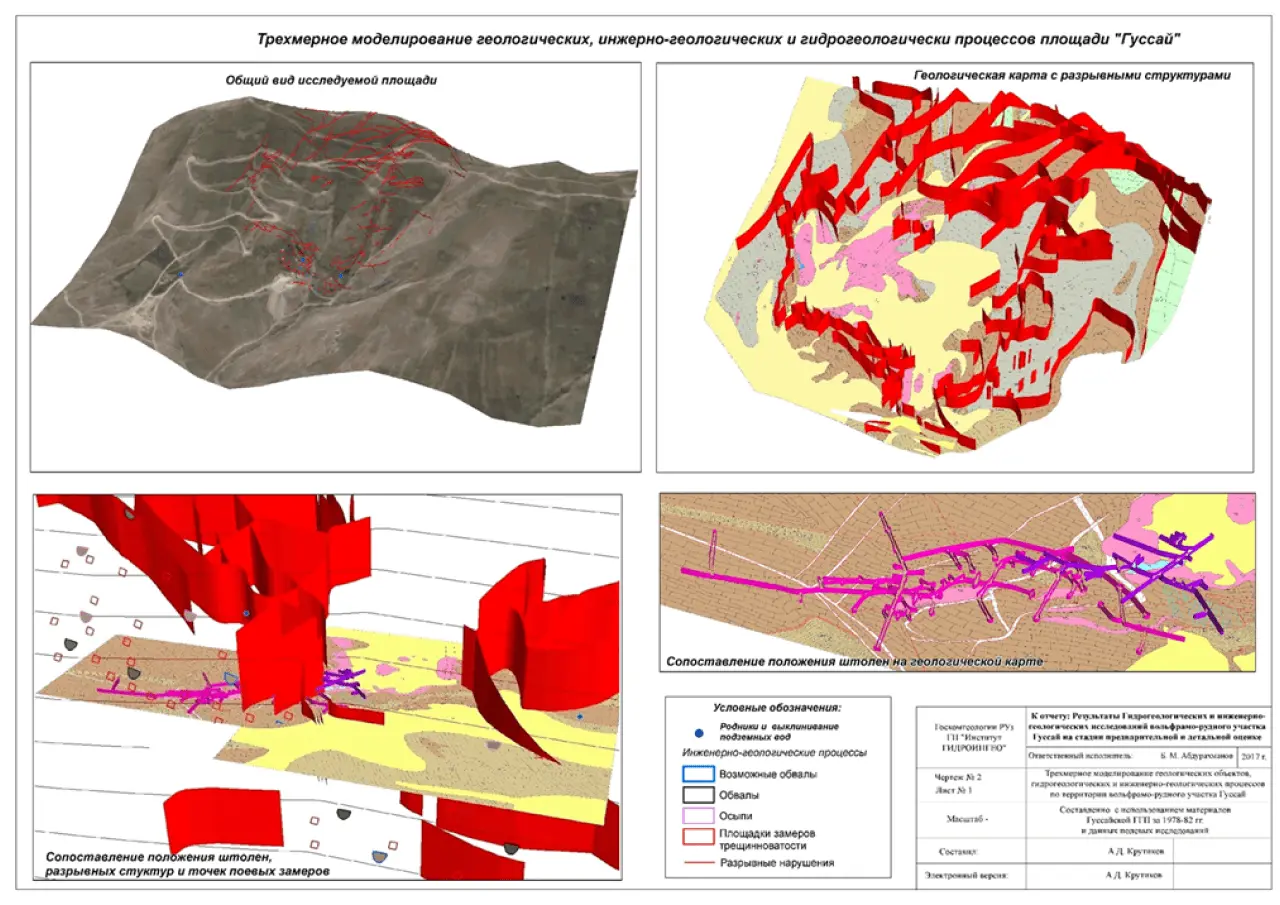
The features of changes in fractures and physical and mechanical properties of rocks and their role in assessing stability in underground and open pit mining are revealed.

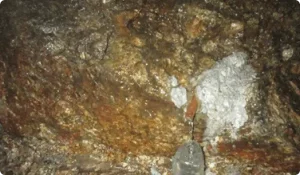
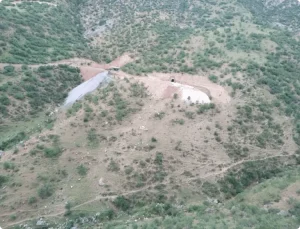
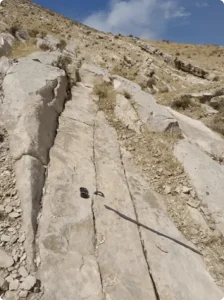
Application and development of modern methods
-Currently, modeling of hydrogeological and engineering-geological conditions, geophysical methods are used and mastered to analyze and evaluate changes in the hydrogeological and engineering-geological conditions of ore deposits in open or underground mining methods. For objects in Uzbekistan, in particular, modeling was used for the Gussay and Guzhumsay fields. –In GIS technology a digital map will be compiled for predicting changes in the engineering-geological and hydrogeological conditions of deposits during underground mining. The map is compiled according to the types of zoning, where areas are identified according to the intensity and assessment of engineering and geological conditions during the development of deposits: unchanged, slightly changing and strongly changing. -When allocating sites, engineering and geological features were taken into account as well as the interpretation of geophysical studies (materials) and modeling. -Much attention is paid to the study and evaluation of the stability of mine workings. This makes it possible to evaluate changes in the stress-strain state of rock masses with the wide use of geophysical methods; geological and structural conditions of deposits; modeling of geological objects and other processes; as well as the study of fracturing and physical and mechanical properties of rocks, etc.
Study of the formation conditions and the development mechanism of failures, inrush and losing funnel as well as water inflows (flooding) caused by technogenic impact during underground mining. – Study of the conditions for the formation of groundwater in connection with the deepening of development and their impact on the stability of mine workings under conditions of technogenic impact. Research ultimately allows timely, efficient and safe development (development) of deposits by open or underground mining methods. The main research areas of the laboratory are the application and development of modern methods for implementation in hydrogeological and engineering-geological studies.
Implementation of work results
The results of the work carried out at the stages of preliminary and detailed exploration are reflected in the reports, which served as an engineering and geological justification when approving the reserves of ore deposits in the State Reserves Committee of the Republic of Uzbekistan. Scientific and methodological recommendations, analysis and assessment of engineering-geological and hydrogeological conditions have been introduced and are being implemented in Gissargeologiya JSC, Surkhangeologiya JSC, Kyzilkumgeologiya JSC, Zarmitanskaya GSPE, YuRU NMMC.
